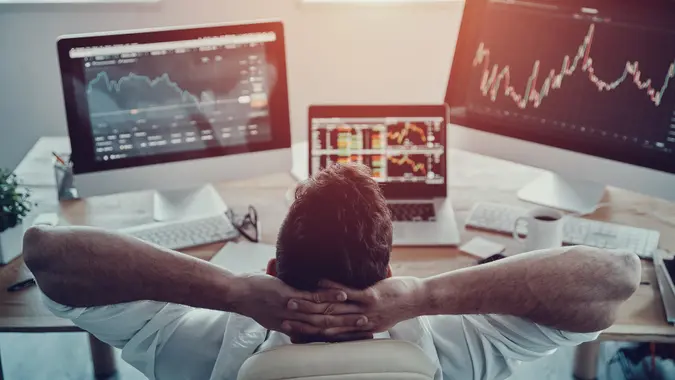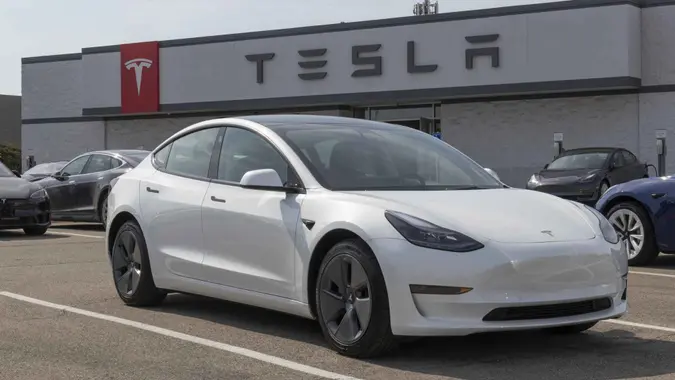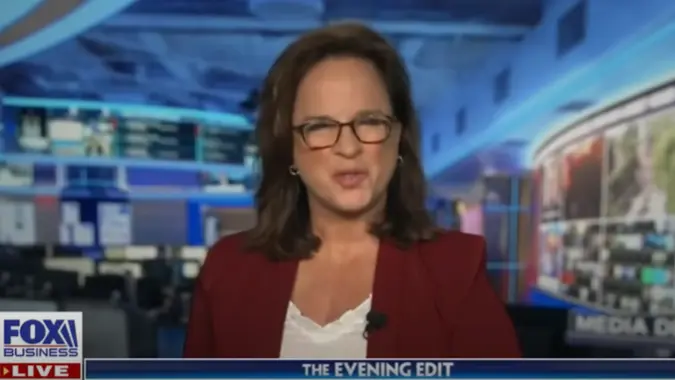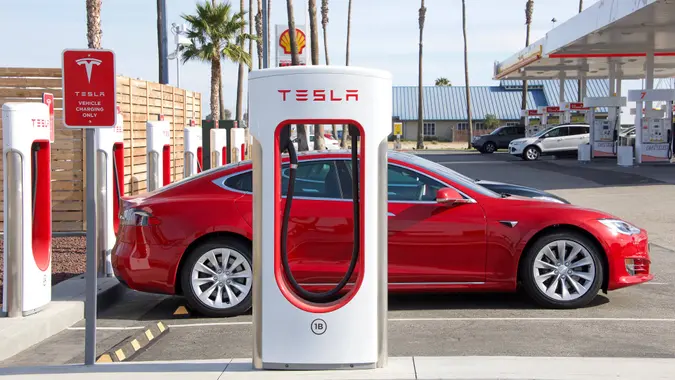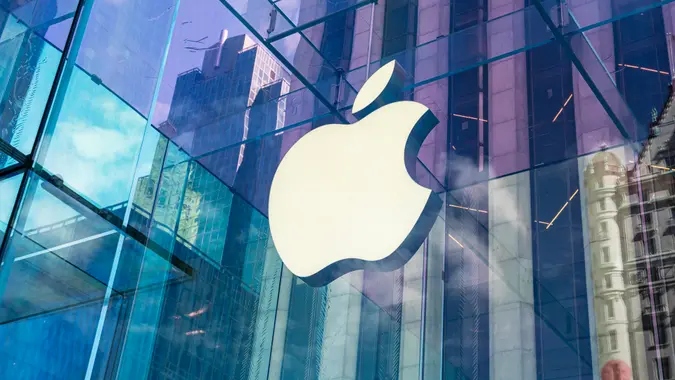What To Do During a Stock Market Crash

Commitment to Our Readers
GOBankingRates' editorial team is committed to bringing you unbiased reviews and information. We use data-driven methodologies to evaluate financial products and services - our reviews and ratings are not influenced by advertisers. You can read more about our editorial guidelines and our products and services review methodology.

20 Years
Helping You Live Richer

Reviewed
by Experts

Trusted by
Millions of Readers
Whenever the stock market reaches new highs, the doomsayers start coming out of the woodwork. “A crash is coming,” they lament. “The market’s going to crash!” But what exactly is a stock market crash? And more importantly, how can you protect your investments in the event of one? Here’s what you need to know.
See: 5 Things You Must Do When Your Savings Reach $50,000
What Is A Stock Market Crash?
A “stock market crash” is a sharp decline in one or more of the major market indexes in the U.S., which are the Dow Jones Industrial Average, the S&P 500 and Nasdaq. There’s no specific percentage drop associated with a crash, unlike a correction, which is a drop of 10% or more from the index’s 52-week high. In the past 45 years, there have been 24 market corrections.
What Are Some of the Causes of Stock Market Crashes?
A market crash can be caused by a number of factors. Past experiences include 1929 when the market collapsed and investors couldn’t meet margin calls. Another example was the tech crash in 2000 when the price of tech companies rose very quickly, then subsequently plummeted.
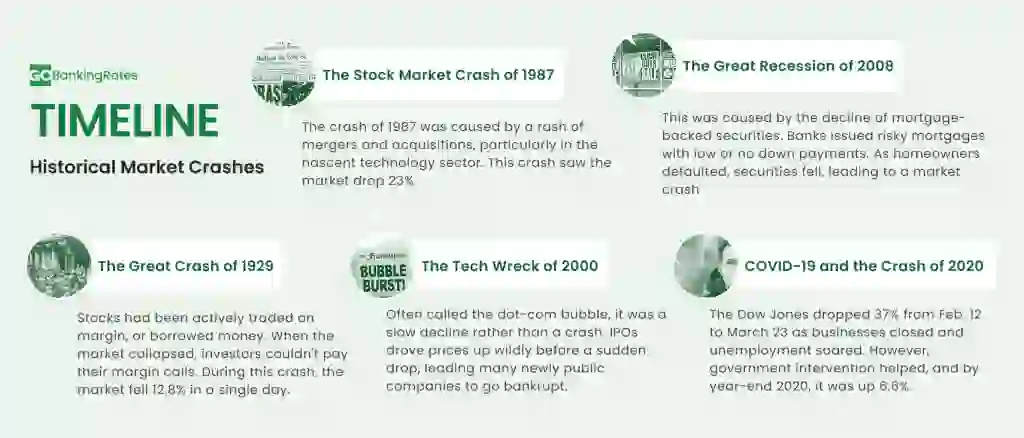
What Happens When the Stock Market Crashes?
- The value of investments like stocks go down. This can impact people who are living off investments, like retirees.
- It can trigger a recession or depression. A recession happens when there is a decrease in economic activity for several months. This can lead to businesses closing and laying people off.
How to Prepare for a Stock Market Crash
Just like you wear a seat belt to protect yourself in a car crash, there are steps you can take to protect your investments in the case of a market crash. Here’s a three-step plan:
- Make sure your investments are diversified. Some crashes are led by a single sector, like the tech wreck of 2000. Investors who had all their money in shiny new technology stocks took a far bigger hit than those who had at least some money in more traditional companies. Your portfolio should reflect different sectors, industries, geographies and company sizes.
- Rebalance your portfolio regularly. When a certain sector is on fire, it’s tempting to ride the wave. But if you don’t rebalance regularly, you could find yourself with an outsized allocation in a vulnerable sector. Review your investments at least quarterly to make sure you’re diversified the way you want to be.
- Maintain an emergency fund. Use a high-yield savings or money market account to store cash for unexpected expenses, like a job loss. That way, if the market crashes, the account won’t lose value.
- Use a stop-loss order. You can set a price for when you want to automatically sell a stock. This can help you offload investments before you lose too much money.
- Stick to your long-term goals. Historically, the market has always recovered and gone up after a crash. Fight the urge to panic and sell off all of your investments in the event of a crash.
What Happens After a Stock Market Crash?
After a crash, the government can intervene to help recovery. There’s a couple of things they can do:
- Lower interest rates. The Federal Reserve often lowers interest rates to make it cheaper to borrow money. This can encourage businesses and people to buy more.
- Subsidies. The government can direct revenue to an industry to help it rebuild.
- Bailouts. The government has saved companies that would have otherwise had to close.
It can be really frightening when the stock market crashes, but it’s important to keep in mind that after every crash so far, the market has always eventually gone up.
Here’s a real-life scenario from the 2020 crash. On March 16, 2020, the DJIA closed at 20,188, having fallen from 29,551.42 on Feb. 12, 2020. On July 26, 2021, the Dow closed at 35,144.31
John Csiszar contributed to the reporting for this article.
Our in-house research team and on-site financial experts work together to create content that’s accurate, impartial, and up to date. We fact-check every single statistic, quote and fact using trusted primary resources to make sure the information we provide is correct. You can learn more about GOBankingRates’ processes and standards in our editorial policy.
- Charles Schwab. 2020. "Market Correction: What Does It Mean?"
- TheStreet. 2020. "Biggest Stock Market Crashes Throughout History."
- Forbes. 2021. "The Coronavirus Crash Of 2020, And The Investing Lesson It Taught Us."
- CNN. "S&P 500 Index."
 Written by
Written by  Edited by
Edited by 







